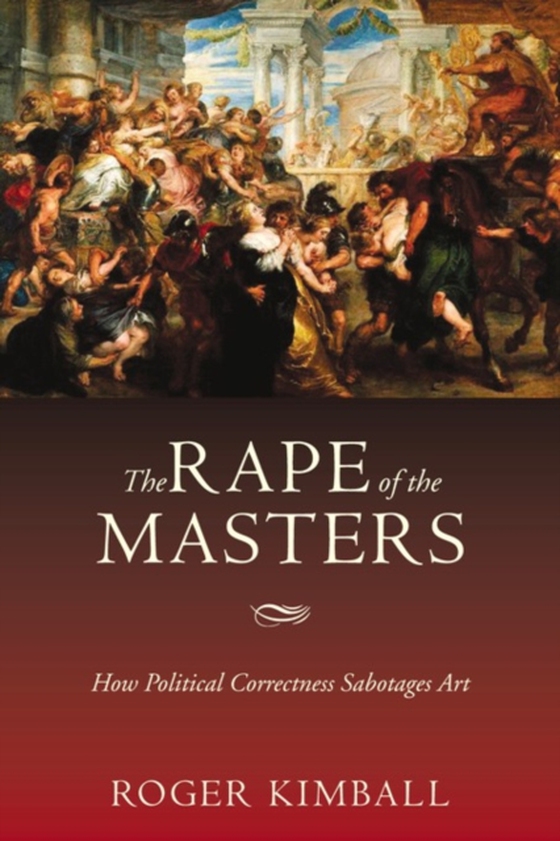
Rape of the Masters e-bog
142,94 DKK
(inkl. moms 178,68 DKK)
Colleges and universities used to teach art history to encourage connoisseurship and acquaint students with the riches of our artistic heritage. But now, as Roger Kimball reveals in this witty and provocative book, the student is less likely to learn about the aesthetics of masterworks than to be told, for instance, that Peter Paul Rubens' great painting Drunken Silenus is an allegory about ana...
E-bog
142,94 DKK
Forlag
Encounter Books
Udgivet
25 november 2005
Længde
200 sider
Genrer
Theory of art
Sprog
English
Format
epub
Beskyttelse
LCP
ISBN
9781594033025
Colleges and universities used to teach art history to encourage connoisseurship and acquaint students with the riches of our artistic heritage. But now, as Roger Kimball reveals in this witty and provocative book, the student is less likely to learn about the aesthetics of masterworks than to be told, for instance, that Peter Paul Rubens' great painting Drunken Silenus is an allegory about anal rape. Or that Courbet's famous hunting pictures are psychodramas about "e;castration anxiety."e; Or that Gauguin's Manao tupapau is an example of the way repression is "e;written on the bodies of women."e; Or that Jan van Eyck's masterful Arnolfini Portrait is about "e;middle-class deceptions ... and the treatment of women."e; Or that Mark Rothko's abstract White Band (Number 27) "e;parallels the pictorial structure of a pieta."e; Or that Winslow Homer's The Gulf Stream is "e;a visual encoding of racism."e; In "e;The Rape of the Masters: How Political Correctness Sabotages Art,"e; Kimball, a noted art critic himself, shows how academic art history is increasingly held hostage to radical cultural politics--feminism, cultural studies, postcolonial studies, the whole armory of academic antihumanism. To make his point, he describes how eight famous works of art (reprinted here as illustrations) have been made over to fit a radical ideological fantasy. Kimball then performs a series of intellectual rescue operations, explaining how these great works should be understood through a series of illuminating readings in which art, not politics, guides the discussion.
 Dansk
Dansk

